
Come On, Get Happy! The Very Best of The Partridge Family is a greatest hits compilation album from The Partridge Family released on May 3, 2005, in conjunction with the first season DVD collection. It contained some previously unreleased songs. During the course of the television series there were a number of recordings that were used on the program but never released on album or tape in stereo. Some were alternate mixes of released songs. These are known to fans as the "Lost Songs", four of which appear on this collection. They are noted as "new release" in the track listing below. Two of the songs appeared in the pilot episode of the show, tracks 9 and 12, listed below as having Ron Hicklin doing the vocals. Originally, the only cast member who was supposed to sing was Shirley Jones. After the producers heard David Cassidy's demos of the songs, however, they decided to let him sing after the first couple of episodes.

The Monkees Present is the eighth studio album by the American pop rock band the Monkees, released in 1969 by Colgems Records. It was the second Monkees album released after the departure of Peter Tork and the last to feature Michael Nesmith until 1996's Justus.

The Birds, the Bees & the Monkees is the fifth studio album by the American pop rock band the Monkees, released in 1968 by Colgems Records. It was the first album released after the cancellation of their TV show and subsequently was their first not to reach No. 1 on the U.S. Billboard 200, peaking at No. 3, and their first not to chart in the UK, with their four previous efforts all having reached the top ten. The album has sold over a million copies.

Instant Replay is the seventh studio album by the American pop rock band the Monkees, released in 1969 by Colgems Records. Issued 11 months after the cancellation of the group's NBC television series, it is also the first album released after Peter Tork left the group and the only album of the original nine studio albums that does not include any songs featured in the TV show.
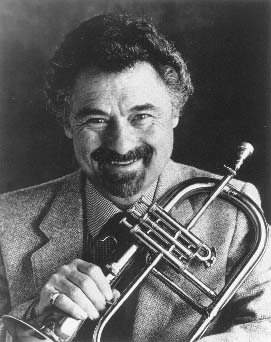
Milton "Shorty" Rogers was an American jazz musician, one of the principal creators of West Coast jazz. He played trumpet and flugelhorn and was in demand for his skills as an arranger.

The Paul Simon Anthology is the fourth greatest hits compilation album by American singer-songwriter Paul Simon, which was released in 1993. It featured one previously unreleased track, "Thelma".

Illumination is the nineteenth studio album by American band Earth, Wind & Fire, released in September 2005 on Music World/Sanctuary Records. The album rose to No. 8 on the Billboard Top R&B/Hip-Hop Albums chart and No. 32 on the Billboard 200 chart. Illumination was also Grammy nominated within the category of Best R&B Album. It is the final Earth, Wind & Fire album to feature their founder and co-lead vocalist Maurice White.

Missing Links Volume Three is a compilation album of rare and previously unreleased songs by the American pop rock band the Monkees, issued by Rhino Records in 1996. It is the third and final volume of a three-volume set, preceded by Missing Links in 1987 and Missing Links Volume Two in 1990.

Pastiche is an album by the Manhattan Transfer, released in 1978 by Atlantic Records. This was the last studio album the Manhattan Transfer recorded with Laurel Massé, who because of a car accident in early 1979 decided to end her association with the group. The album was re-issued on CD with Rhino as distributor in 1994.
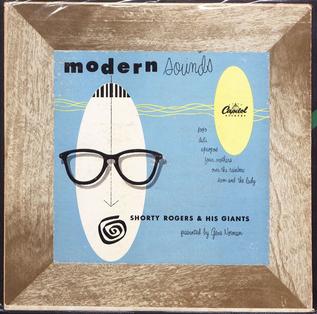
Modern Sounds is the debut album by trumpeter and bandleader Shorty Rogers, featuring performances recorded in late 1951 and originally released in 1952 as a 10-inch LP on the Capitol label. The tracks were also released in 1956 on a 12-inch LP split album under the same title with additional recordings by Gerry Mulligan.

The Definitive Collection is a 1997 greatest hits album of all the singles released by Cleveland, Ohio singer-songwriter Eric Carmen. It features five hits by the Raspberries, a power pop group which he led in the early 1970s. It also contains his versions of two major hits which he wrote for Shaun Cassidy, his popular song from the movie Dirty Dancing, and his greatest hit, "All By Myself", which peaked at No. 2 on the Billboard Hot 100 on March 5, 1976.

The Look of Love is an album by jazz saxophonist Stanley Turrentine recorded for the Blue Note label in 1968 and arranged by Duke Pearson and Thad Jones.
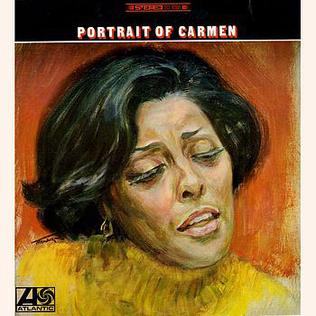
Portrait of Carmen is a 1968 studio album by Carmen McRae, with arrangements by Oliver Nelson, Shorty Rogers, Benny Carter and Gene Di Novi.

Second Movement is an album by American jazz saxophonist Eddie Harris and pianist/vocalist Les McCann recorded in 1971 and released on the Atlantic label. The album was a follow-up to the duo's highly successful live collaboration Swiss Movement.

Moods is the 1954 debut album by American jazz saxophonist Paul Quinichette featuring compositions and arrangements by Quincy Jones released on the EmArcy label. The tracks were recorded on two session dates in November 1954 with two different line-ups, an (almost) regular jazz sextet with flutist Sam Most as second horn player and two guitarists. The second session featured an Afro-Cuban combo with Herbie Mann on flute and also on tenor saxophone and Latin percussion instead of a drum set. The difference between the two sessions was preserved in splitting the album with the later recorded Latin jazz session on the LP's A-side, the more straight ahead approach on the other.

Martians Come Back! is an album by American jazz trumpeter, composer and arranger Shorty Rogers, released on the Atlantic label in August 1956.
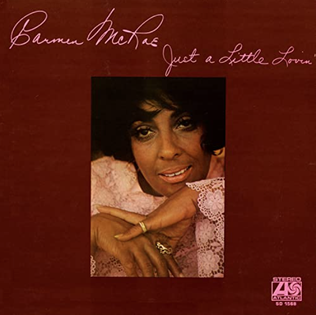
Just a Little Lovin' is a 1970 studio album by Carmen McRae directed and produced by Arif Mardin. The recording in a studio of Atlantic Records in Miami was set up with a horn section, an occasional string section and The Sweet Inspirations as backing vocals on some tracks. The studio's own Dixie Flyers, a rhythm section founded by Sammy Creason, provided the contemporary electrified sound for a repertoire that derived mainly from only recently written pop songs, three alone by the Beatles, two by the Muscle Shoal crew like "Breakfast in Bed", written in 1968 for Dusty Springfield, and a Laura Nyro original. The electrified orchestral sound is advanced twice, on "Something" with the use of a cimbalom, and with a Mellotron on "What'cha Gonna Do" that harmonizes with the strings. Slightly out of the pop vein are a straightforwardly played blues shuffle, "I Love the Life I Live" by Willie Dixon, and "Didn't We", an intimate duet with guitarist Al Gafa. There were several singles issued before and alongside the album's release, although the songs chosen for the most part didn't make it on the final album. They were reissued in 1991 as additional tracks on a Japanese digital re-release. "I Love You More Than You'll Ever Know" and "Just a Dream" were recorded already in September 1969 and Mardin had not thought of a horn section yet, instead the strings are emphasized.
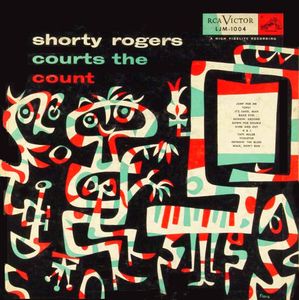
Shorty Rogers Courts the Count is an album by American jazz trumpeter, composer and arranger Shorty Rogers, released on the RCA Victor label in 1954.

Cool and Crazy is an album by American jazz trumpeter, composer and arranger Shorty Rogers originally released by RCA Victor in 1953 as a 10-inch LP.
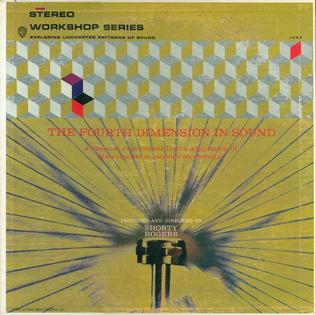
The Fourth Dimension in Sound is an album by bandleader and arranger Shorty Rogers recorded in late 1961 and released on the Warner Bros. label. The album was produced principally as a stereo test and demonstration record to be used by hi-fi enthusiasts to test the performance of their audio systems.




















